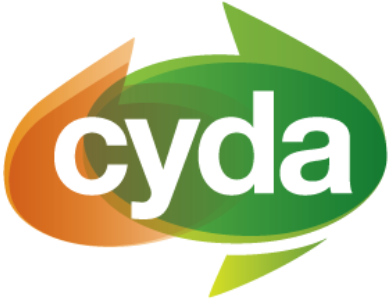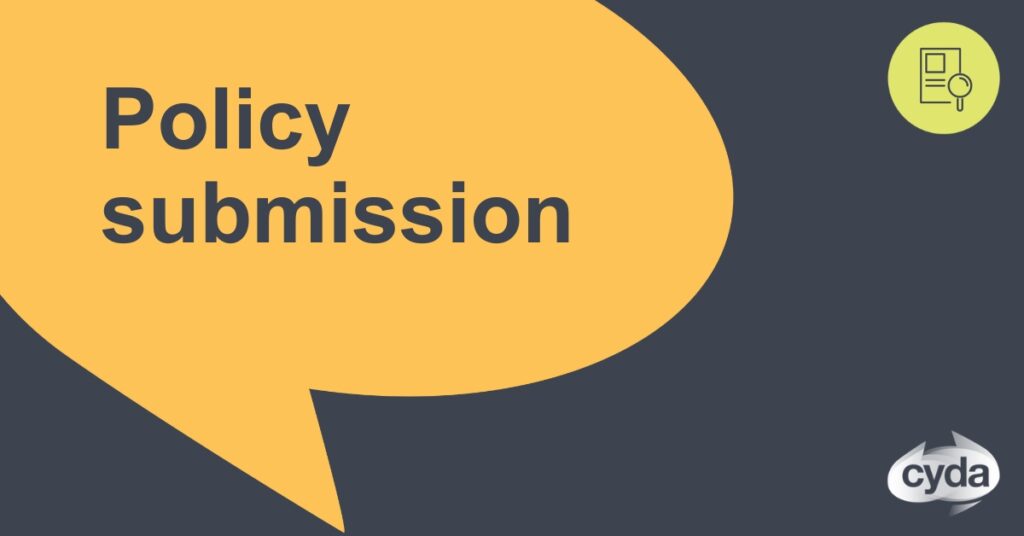⚠️ Content note: Mentions of child abuse.
Children with Disability Australia (CDA) joined the Coalition of Organisations Committed to the Safety and Wellbeing of Australia’s Children in 2009. It is the view of CDA that at the outset there was limited recognition or understanding of the significant and specific issues relevant to children with disability regarding child safety, wellbeing and abuse.
Further, CDA believes that to date there has been little progress in ensuring children with disability are ‘core business’ in the National Framework for Protecting Australia’s Children (the Framework).
Presently, there appears to be broader recognition and consideration of children with disability but this has not translated to specific areas of work within the current or previous Framework action plans.
CDA is concerned that the safety and wellbeing of children with disability is still largely positioned as the work and responsibility of the disability sector when it should also be embedded and central to the work of children and family services.
This submission focusses primarily on the issues and actions relevant to children with disability relevant to the Framework. It also contains information provided by CDA in a scoping paper prepared for consideration by the Royal Commission into Institutional Responses to Child Sexual Abuse.


